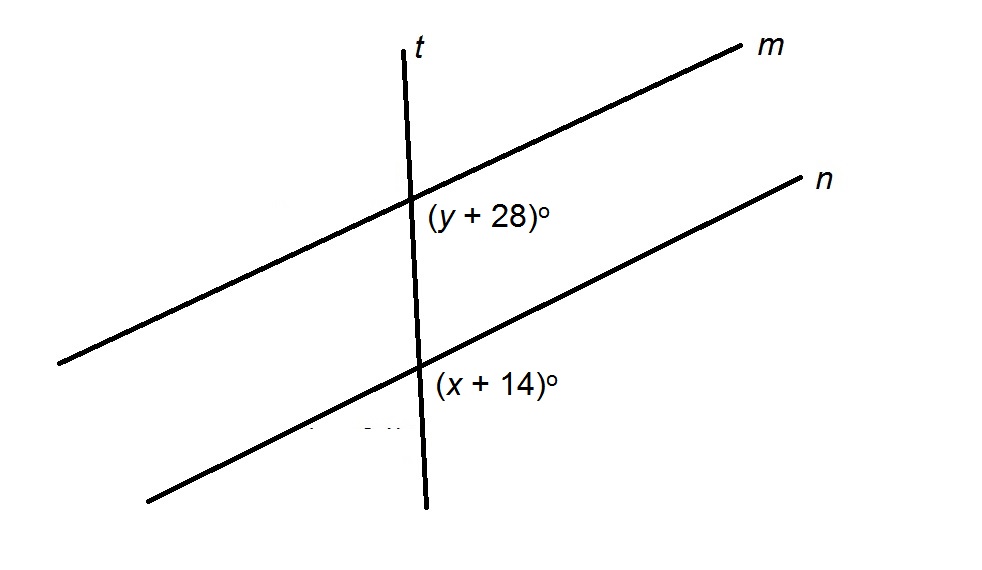All SSAT Upper Level Math Resources
Example Questions
Example Question #1 :Properties Of Parallel And Perpendicular Lines
Line P passes through the origin and point
Line Q passes through the origin and point
Line R passes through the origin and point
Line S passes through the origin and point
Which of these lines is parallel to the line of the equation
Line Q
Line S
Line P
Line R
None of the other responses is correct.
Line S
First, find the slope of the line of the equation
The slope of this line is
Find the slopes of all four lines by using the slope formula
using the other point.
Line P:
Line Q:
Line R:
Line S:
Line S has the desired slope and is the correct choice.
Example Question #2 :Properties Of Parallel And Perpendicular Lines
You are given three lines as follows:
Line A includes points

Line B includes point


Line C includes the origin and point
这行re parallel?
Find the slope of all three lines using the slope formula
Line A:
Line B:
Line C:
Lines A and C have the same slope; Line B has a different slope. Only Lines A and C are parallel.
Example Question #1 :Properties Of Parallel And Perpendicular Lines
Line A has equation
Line B has equation
Which statement is true of the two lines?
Write each statement in slope-intercept form:
Line A:
The slope is
Line B:
The slope is
The lines have differing slopes, so they are neither identical nor parallel. The product of the slopes is
Example Question #1 :Properties Of Parallel And Perpendicular Lines

Figure NOT drawn to scale
In the above figure,

Angles of degree measures

Solving for
The angles of measures

Substituting for
Example Question #5 :Properties Of Parallel And Perpendicular Lines

Figure NOT drawn to scale
In the above figure,


The two marked angles are same-side interior angles of two parallel lines formed by a transversal
Solve for
Example Question #421 :Geometry

Figure NOT drawn to scale
In the above figure,


The two marked angles are corresponding angles of two parallel lines formed by a transversal, so the angles are congruent. Therefore,
Solving for
Example Question #7 :Properties Of Parallel And Perpendicular Lines

Figure NOT drawn to scale
In the above figure,

The two marked angles are same-side exterior angles of two parallel lines formed by a transversal
Certified Tutor
All SSAT Upper Level Math Resources





































































